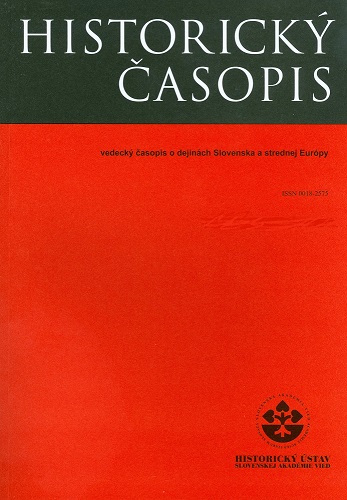Úloha Nemecka v drevárskom priemysle Slovenska 1939 – 1945. Inštitucionálny vývoj a obchod s drevom
The role of Germany in the Slovak timber industry, 1939–1945. The institutional development of the timber trade
Author(s): Ľudovít Hallon, Peter Mičko, Miroslav SabolSubject(s): Economic history, Interwar Period (1920 - 1939), WW II and following years (1940 - 1949)
Published by: Historický ústav SAV
Keywords: Slovakia; Germany; Relations; Trade; Timber; Timber products; Prices;
Summary/Abstract: The forestry and timber industry had strategic importance in Slovak – German economic relations in the period 1939–1945. Supplies of unprocessed logs had an important role, but also the products of the Slovak timber processing industry. Slovak–German relations developed in the sphere of the timber and timber processing trade. About 70 – 80 % of all Slovak exports of timber and timber products went to the territory of the German Reich, including the Protectorate of Bohemia and Moravia. However, in spite of German pressure, the Slovak national economists succeeded in gradually reducing timber exports to Germany and organizing exports to other countries at more advantageous prices.
Journal: Historický časopis
- Issue Year: 67/2019
- Issue No: 2
- Page Range: 289-310
- Page Count: 22
- Language: Slovak

